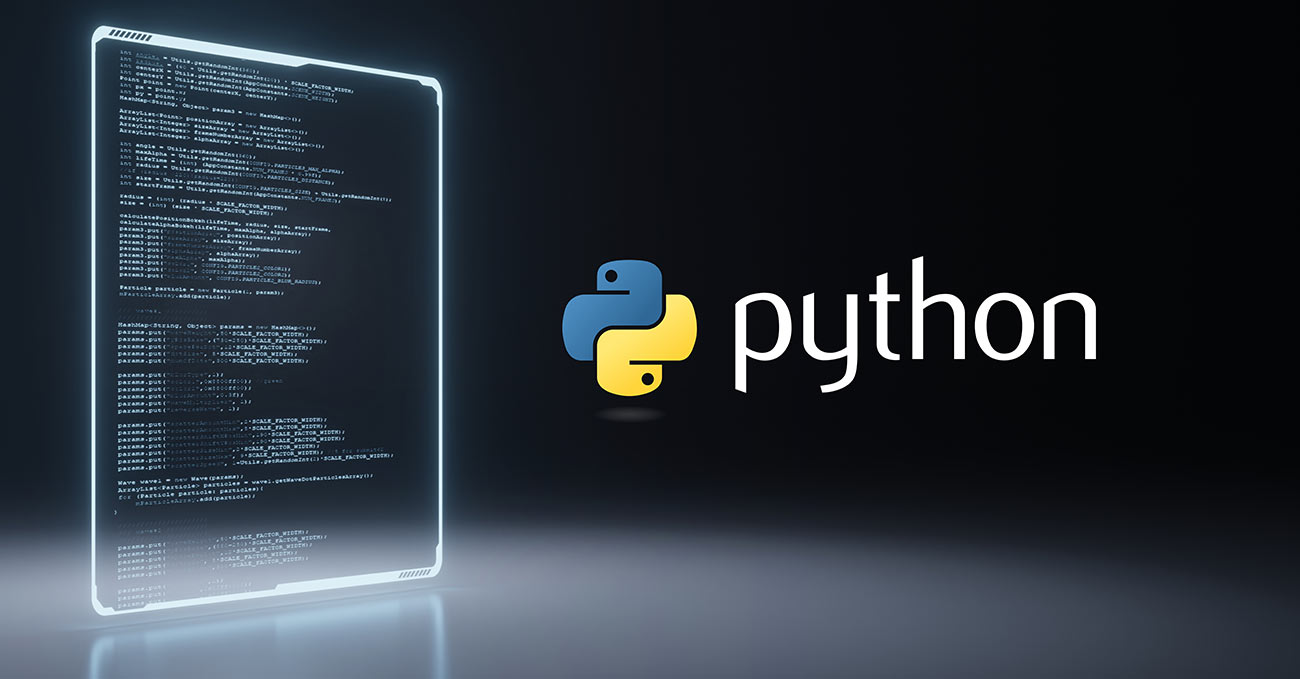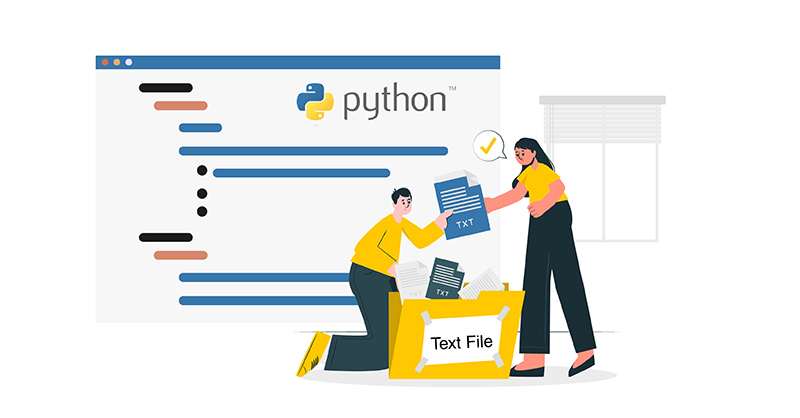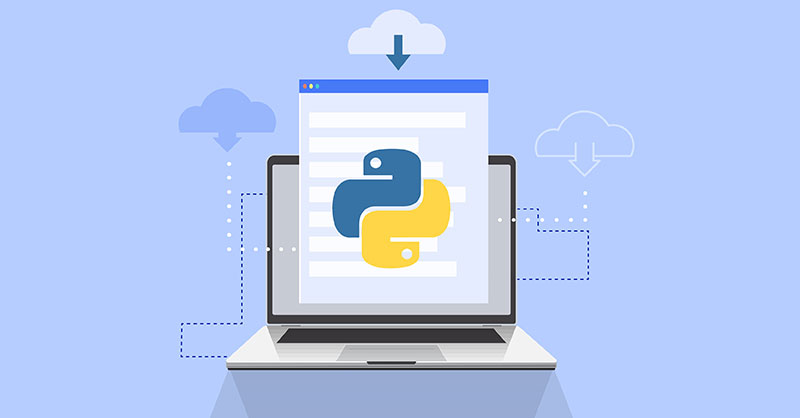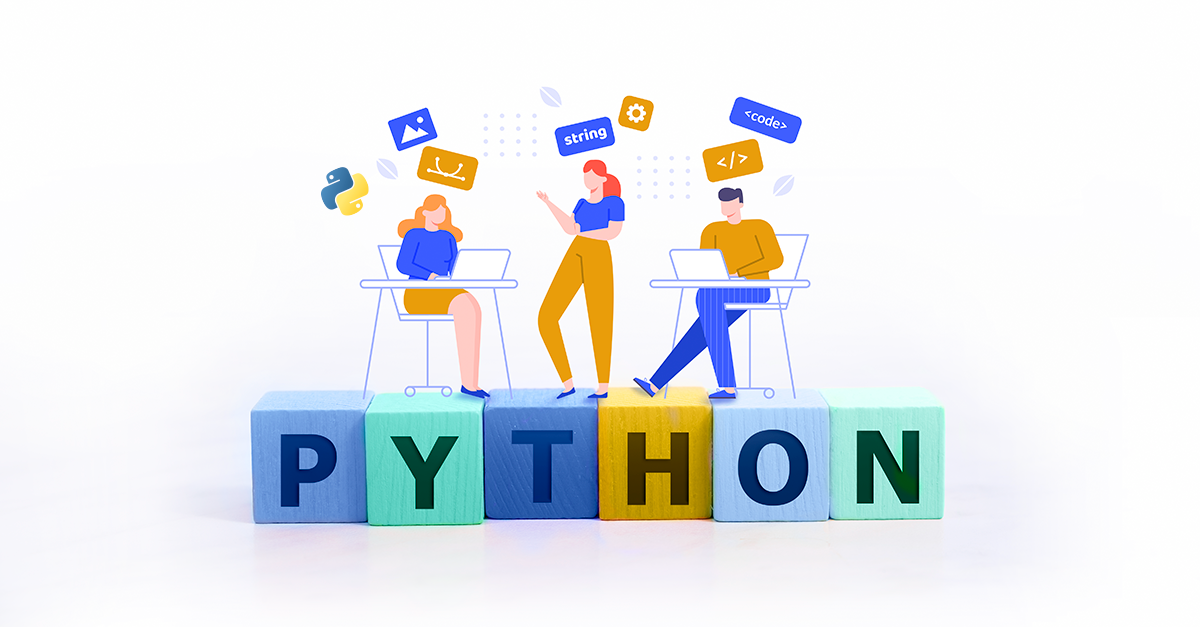Django is a powerful, open-source, Python-based web framework that streamlines the process of creating and managing websites and web apps. Django applications are scalable, high-performance, and secure. It also comes with really good documentation on every single part of the framework. In our series on Django, we’ve been exploring Django by implementing a sample website with basic blogging features. In …
Defining Functions in Python 3: A Tutorial
In programming, a function is described as a block of instructions that can perform a certain action. A function is generally re-usable. Using functions makes the code more modular. It also opens up the opportunity of re-using the code over and over again in the future. Python is a robust programming language that supports functions. It already comes with a …
The txt File Format: Working with Plain Text Files in Python 3
Introduction One of the primary functions of programming languages is to help you deal with data. This includes data writing, reading, storage, as well as transfer. Python is one of the most popular programming languages. If you are planning to use Python, you should have a basic idea of how to use different file types. The simplest of file types …
Importing Modules in Python 3: A Comprehensive Guide
Introduction Most of us are familiar with Python as a programming language. One of the great things about Python 3 is the myriad of built-in functions it offers. You get access to these functions when you are using Python 3 to write different types of code. Before we start, take a look at our tutorial on installing Python 3 and …
Using Python 3 String Formatters
Introduction The str.format() method in the string class of Python lets you do a variety of value formatting and substitution. Positional formatting and concatenation of elements within a string are done using string formatters in Python 3. In this tutorial, you will learn about the common uses of string formatters in Python. Formatting the strings will help you write more …






